Pssst! What’s the secret to creating a successful bike space strategy? Actually, there’s no secret, says one industry expert who’s been doing it for almost 30 years.
“It just takes planning,” says Mike Arvidson, Duo-Gard’s executive vice president, “but it takes informed, effective planning, which is challenging with all of today’s city, municipal, state and federal mandates.” To say nothing of every community’s desire for practical functionality, cost-effective economy and distinctive aesthetics. And every rider’s desire for safety, security and convenience.
This can get confusing for anyone new to the increasing need for what has passed from an amenity to a necessity. It involves much more than erecting some bike racks and hoping for the best. There are a lot of pitfalls along the way.
That’s why Duo-Gard developed its comprehensive, complimentary service for space planning for bike parking and storage. Why not take a minute now and click here go to the website bike parking plan page, which contains a link to the form. This space planning form gives our in-house experts a headstart in working with you to develop the plan that helps you focus your vision and then implement it, integrating APBP guidelines and best practices from around the globe.
Gone are the days when you set up an outside bike rack and expected riders to chain their bikes as the solution. “Today, we’re faced with parking and storing sophisticated, expensive bikes in a wide variety of site situations,” says Arvidson. “This creates the need for making the most of available space, either indoors or outdoors, by evaluating and recommending the most viable options for each customer’s needs.”
This often involves educating a customer about those options. For example, Arvidson points out that vertical stacking racks take up only 3½ feet of space instead of 7 feet, yet not everyone can pick up a bike. “So we might recommend 60% ground level parking with 40% vertical spaces,” he adds.
According to Lori Arvidson, bike infrastructure coordinator, “A lot of customers are disappointed by our answers because they‘re not familiar with the realities of how much space is required. A typical bike is 6 feet long. It needs adequate space to head in, back up, turn and move in or out. If you haven’t allowed for that, you have a disgruntled rider.”
Scaled drawings provided by Duo-Gard take a customer’s guesswork out of the equation. These are critical because while something may look good on paper, it may not be at all feasible in real life.
“There are major misconceptions about bike parking and storage,” says Sean McKnight, bike infrastructure manager, “and many who now find themselves responsible for this aren’t educated about it and don’t have the time required for effective planning. Often this is a small, though important, part of their work. So we make it easy for building owners and operators, architects and engineers, landscape professionals and others faced with this responsibility.”
More than 30 years of experience, combined more than 250 biking products, enables the experts at Duo-Gard to provide solutions that can put your bike space strategy on the right path and keep it rolling.
JOIN THE BIKE MOVEMENT!
Let us help you create a sustainable long-term bike infrastructure!



